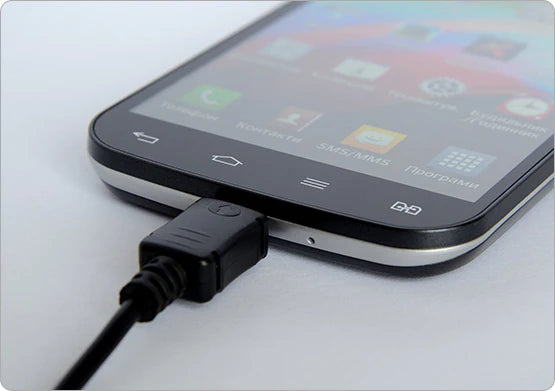
Cart
Your cart is empty
You've probably noticed that some plugs have three prongs while others have only two. The third prong is the one centered in the middle of the plug below the two parallel plugs. This additional feature is known as the grounding pole.
Grounding poles are there to send extra power into the ground and away from your devices. This wiring prevents power surges that could overload your device or result in electrical shock. A grounded plug is a three-pronged device, whereas a non-grounded plug has the standard two prongs.


Typically, electronics that need more power will have a grounded plug. These items could include the following:

Non-grounded plugs, those that have only two prongs, are found on electronics that don’t require large amounts of energy to operate. These items could include the following:
The number of prongs utilized on your plugs plays a role in your safety and the safety of your devices. It’s important to make sure that you have the right outlet adapter for your device.
Grounded adapters are a must for grounded devices but can also be used for both plug types.
